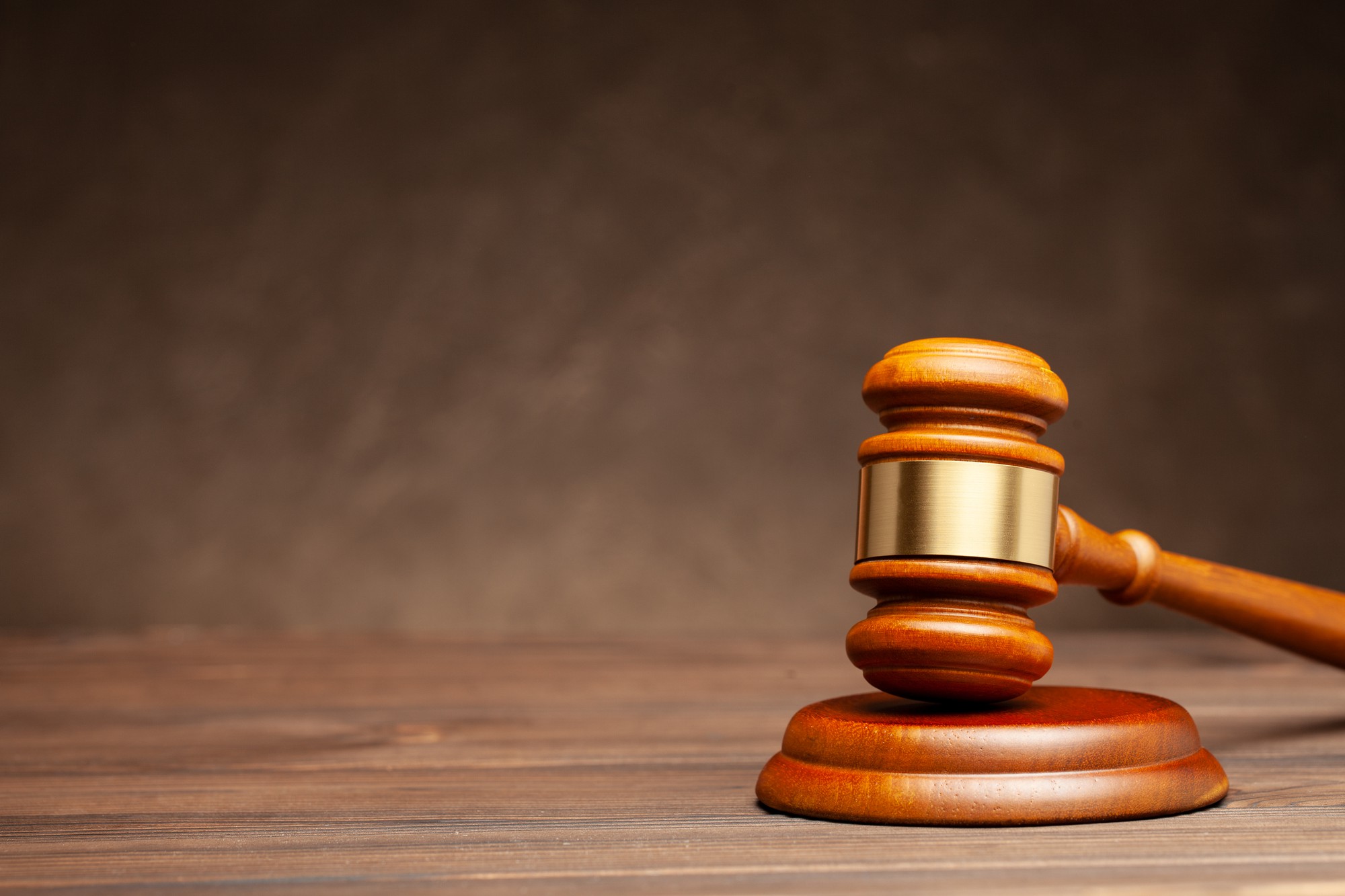People in your social circle may go to the local, high, or Supreme Court for different reasons. The rule of law runs the country. The judiciary plays an essential role in the operation of our democracy as a significant component of our government.
Judges' function
The Supreme Court has the most power in the court system. But first, we need to know what the judiciary system is for. Courts deal with and make decisions about many things, like how a school should treat its students or whether or not two states can share each other's resources.
People who commit crimes may be punished by the courts as well. The judiciary deals with almost every social situation that needs a rule, such as
Conflict Resolution
The courts step in to help find a solution when there is a conflict. The court is in charge of settling disagreements between people, between people and the government, between two state governments, or even between the central government and a state government.
Review by the courts
The courts have the final say on the Constitution. As a result, if any part of the constitution is broken, the court can even throw out laws Parliament passed.
Keeping the law and standing up for basic rights:
The constitution spells out almost all of the rights that citizens have. If a citizen thinks one of these rights has been violated, they can go to their local high court or the Supreme Court.
Supreme Court-led independence of the judiciary.
The Constitution keeps people from being judged unfairly. In case of a disagreement, this gives the judiciary the power to make decisions based on the law. Because of this power, the country's courts are a separate body. The government does not control the courts, and they do not have any political power. This gives the judiciary the freedom to make sure that no part of the government abuses its power.
Separation of powers is needed to protect the independence of the courts. This means that the government's legislature and executive branch can't mess with how the judiciary works or its decisions. So, for the judges of high courts and the Supreme Court to be able to do their jobs without interference from other parts of the government, they must be chosen without any input from other parts of the government. Also, getting rid of a judge is hard once the judiciary has put them in charge.
How courts are set up
According to the law, there are three levels of courts.
Courts in District
Most people go here when they have a problem with someone in their city or region. Each state is made up of many districts, and each district has its court. And the District Judge is in charge of the whole district.
Supreme Courts
Each state has a High Court, which unquestionably serves as the state's highest judicial body.
Supreme Court
The Chief Justice runs this court at the top of all state and district courts. Because it is the higher court in the country, the Supreme Court's decisions are more important than any other court.
In New Delhi's Mandi House, the Supreme Court is situated. Due to the country's court system being set up, all courts have a strong link. This means that the lower courts must follow what the higher courts decide. The appellate system makes this link.
Because of the appeals system, if someone isn't happy with a lower court's (district or high court) decision, they can go to a higher court to get a fair ruling.
Legal System's Subdivisions
Criminal and civil law are the two primary branches of the legal system. And each of these laws has its own set of rules. The Supreme Court is the highest in the country. It handles both civil and criminal cases.
The law about crimes
It takes care of what citizens do wrong, which the law calls an offense or a crime. Reporting a crime to the police is the first step in a criminal case. The police then start to look into the matter. The court finally makes a decision.
Public Law
Handles disputes in the case of a breach of a citizen's Fundamental Rights. Then, the people involved filed a petition with the proper court. Ultimately, the court comes up with a solution to the problem and then decides.
Getting into court
According to the Constitution, every citizen has the fundamental right to have access to justice. So, whether rich or poor, everyone can go to court. However, legal processes are costly, especially for the underprivileged members of society.
The Supreme Court devised the Public Interest Litigation (PIL)
mechanism to address this issue by allowing anybody to present their case to the court first. This could be done with object as simple as a letter explaining the case.
 PDF Magic
PDF Magic



